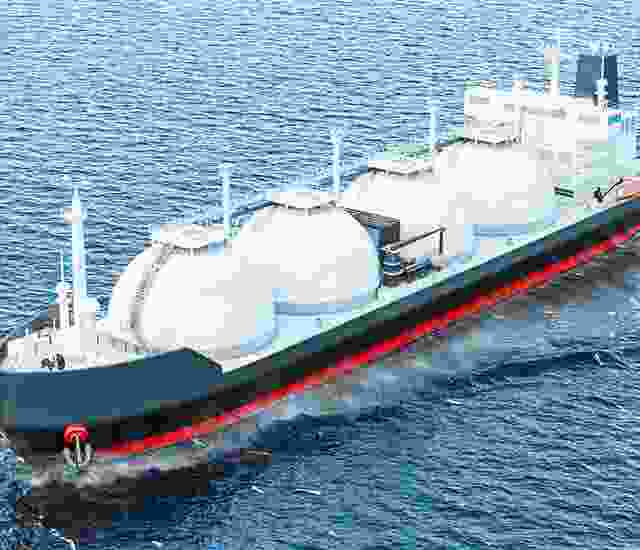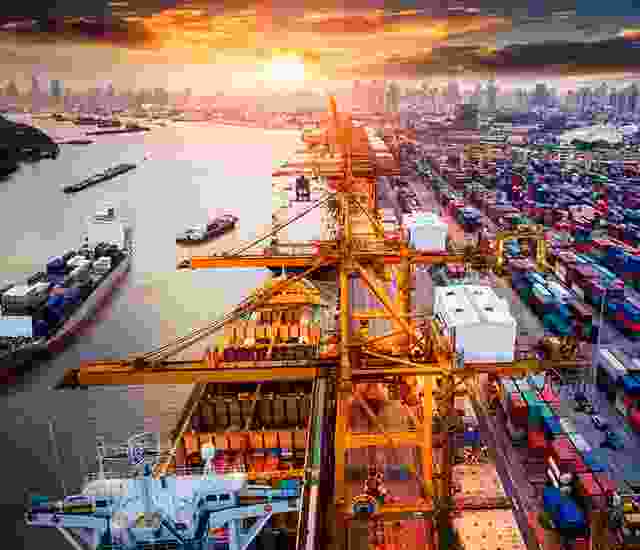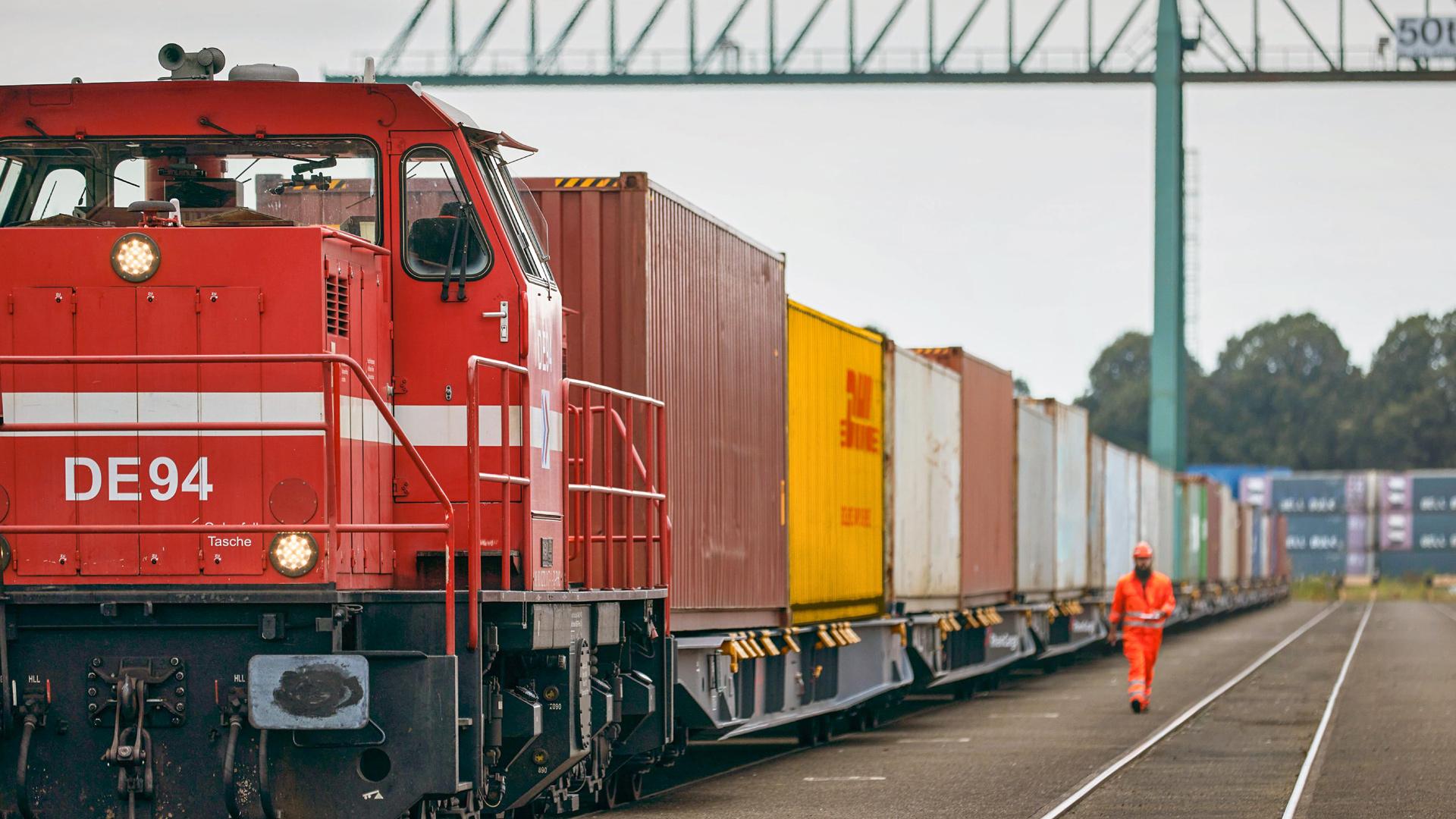In today’s fast-paced economy, shipping is more than simply moving goods from one location to another; it is the backbone of international trade and commerce. As businesses expand their reach across borders, understanding the nuances of various shipping methods becomes increasingly important. Choosing the right method can save time, reduce costs, and enhance your brand’s reputation for reliability and efficiency. Whether you are an experienced logistics professional or a small business owner exploring your options, this guide is designed to provide a comprehensive overview of shipping methods, helping you make informed decisions that align with your needs and goals.
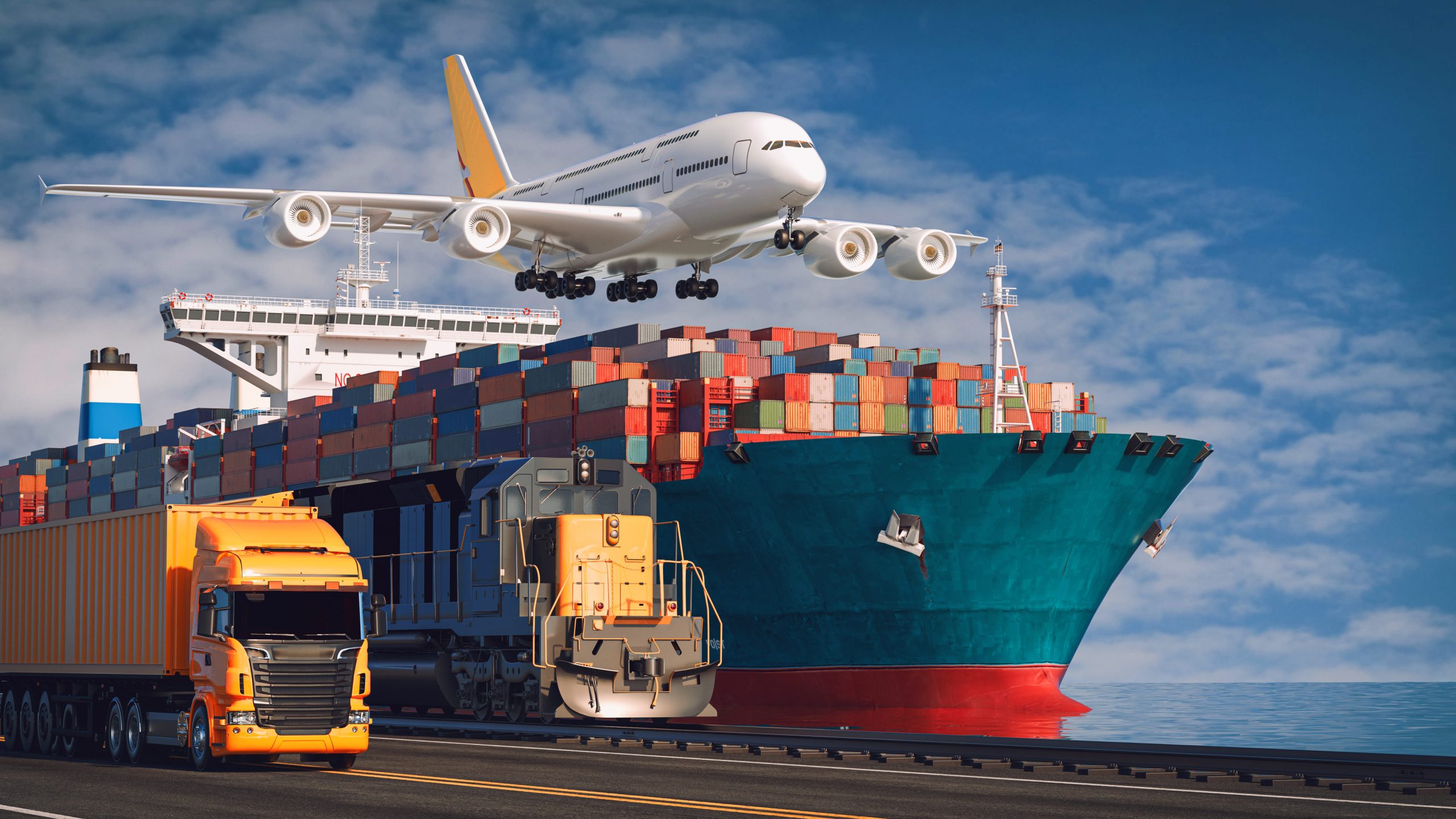
Shipping and Economy
Shipping plays a crucial role in determining the success and efficiency of any cargo business. The selection of an appropriate shipping method is essential, as it not only guarantees timely delivery of goods but also significantly enhances customer satisfaction and helps in reducing overall operational costs. In this comprehensive guide, we will delve into various popular shipping methods currently available in the market. We will highlight the unique benefits of each method, as well as their ideal applications in different scenarios. By exploring these options in detail, this guide aims to equip you with the necessary knowledge to make well-informed decisions that will positively impact your business operations and ultimately contribute to your overall success in the competitive cargo industry.
1. Air Transportation
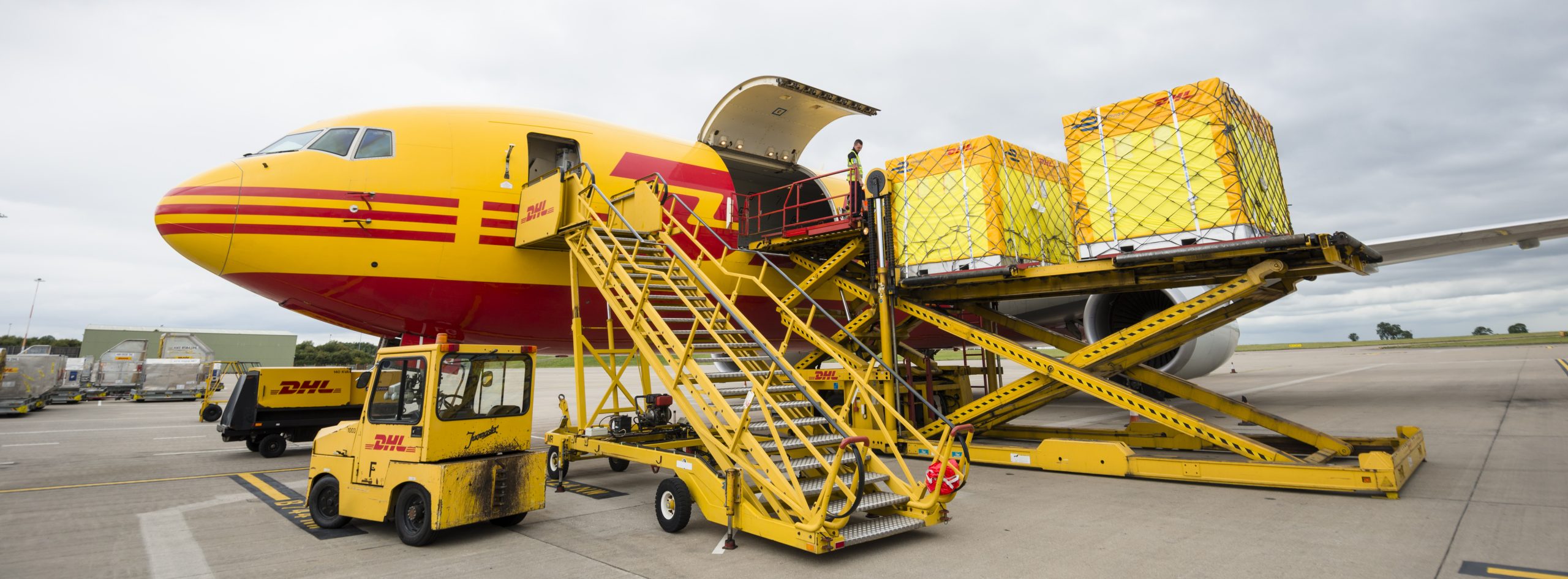
Air transportation is one of the fastest shipping methods available, ideal for urgent or high-value cargo. While it comes at a premium price, the speed and reliability often justify the cost. For industries where time is critical, air freight can be a game-changer, offering unparalleled efficiency in delivering goods worldwide. While air freight is fast and secure, it can also be significantly more expensive than other options. Additionally, there are restrictions on the types of goods that can be transported via air due to safety regulations. It’s also worth noting that air freight has a higher environmental impact compared to other methods.
Advantages: Fast transit times, High security for goods, Excellent for perishable or time-sensitive items.
Ideal For: Electronics, Medical supplies, Perishable goods
2. Maritime Transport

Maritime transport is a cost-effective method for transporting large goods over long distances. This kind of fright is commonly used for international shipping and is best suited for non-urgent cargo. With advancements in containerization and shipping technologies, ocean freight has become more accessible and reliable for businesses of all sizes. Maritime transport is slower than other methods and can take weeks to reach its destination, depending on the route and port delays. It’s also susceptible to weather conditions and requires additional time for customs clearance and unloading.
Advantages: Affordable for bulk shipments, environmentally friendly compared to air freight, Suitable for oversized items.
Ideal For: Heavy machinery, Furniture, Raw materials
3. Road Freight
Road freight is a flexible and efficient shipping method for domestic and regional transportation. It is widely used for short to medium distances. The convenience of door-to-door delivery and the ability to navigate rural areas make road freight a cornerstone of supply chain logistics. Road freight may face challenges such as traffic congestion, fuel price fluctuations, and regulatory restrictions. Additionally, it’s less suitable for long-distance international shipping compared to rail or ocean freight.
Advantages: Door-to-door delivery, High flexibility in routing, Suitable for various cargo sizes.
Ideal For: Retail goods, Agricultural products, Construction materials
4. Rail Freight
Rail freight is a reliable and eco-friendly option, especially for heavy goods over long distances within a country or continent. As infrastructure improves and rail networks expand, this method is becoming a more viable option for businesses aiming to reduce their carbon footprint. Rail freight requires access to rail terminals, which might not be available in all regions. It’s also less flexible in terms of routing and scheduling compared to road freight.
Advantages: Cost-effective for large shipments, Low environmental impact, High capacity for bulk goods.
Ideal For: Coal and minerals, Chemicals, Industrial equipment
5. Intermodal Freight
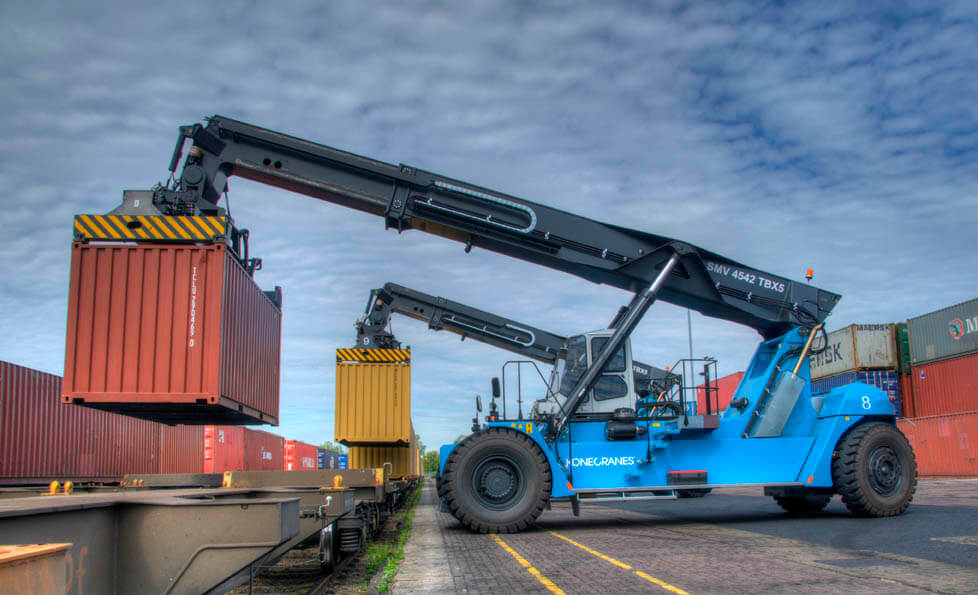
Intermodal freight combines multiple transportation methods—such as rail, road, and sea—to optimize cost and efficiency. This method is ideal for businesses looking to leverage the strengths of various modes of transportation while minimizing costs and delays. Intermodal freight requires careful coordination between different transportation providers, which can complicate logistics. Delays in one mode can impact the entire supply chain.
Advantages: Cost-efficient for long distances, Reduced carbon footprint, Flexible and scalable
Ideal For: Cross-border trade, Logistics requiring multimodal routes, Goods requiring flexibility in transit
How to Choose the Right Shipping Method?
Selecting the best shipping method depends on several factors:
- Delivery Speed: Delivery speed often dictates customer satisfaction, especially for time-sensitive shipments like perishable goods or high-priority orders. For example, air freight is the fastest but it’s often the most expensive; otherwise, sea freight offers less cost for a longer time.
- Cost: Shipping costs directly impact your bottom line and the price you offer customers. Evaluate the total cost, including transport fees, customs duties, and packaging, then balance cost with speed and reliability to avoid compromising service quality.
- Type of Cargo: Different types of goods require specific shipping methods and handling procedures to ensure safety and compliance, for example, perishable goods require temperature-controlled solutions (e.g., refrigerated containers for sea or air freight) or oversized cargo may require specialized transport like charter air freight or breakbulk shipping by sea.
- Destination: The location of your shipment’s origin and destination affects the choice of shipping method due to infrastructure, distance, and trade regulations.
Additionally, it’s essential to consider factors such as customs regulations, potential weather delays, and the environmental impact of your chosen method. Collaborating with a reliable logistics provider can help you navigate these complexities and choose the best shipping strategy.
Ready to ship? Contact us today for a customized solution tailored to your needs!
Rail freight is a reliable and eco-friendly option, especially for heavy goods over long distances within a country or continent.
Selecting the best shipping method depends on several factors such as: Delivery Speed, Type of Cargo, and Destination.


